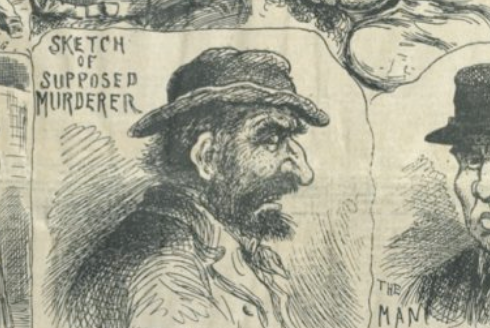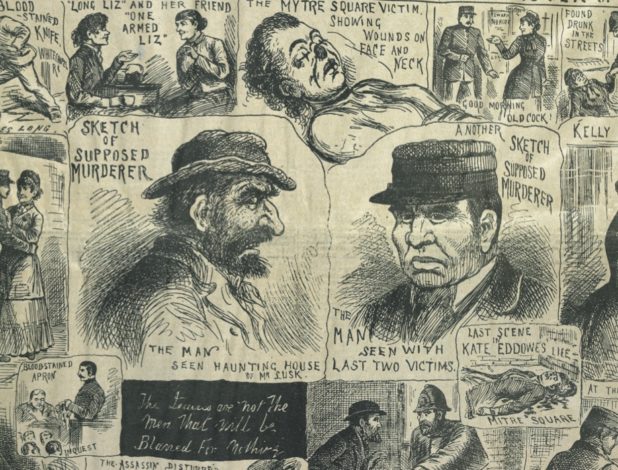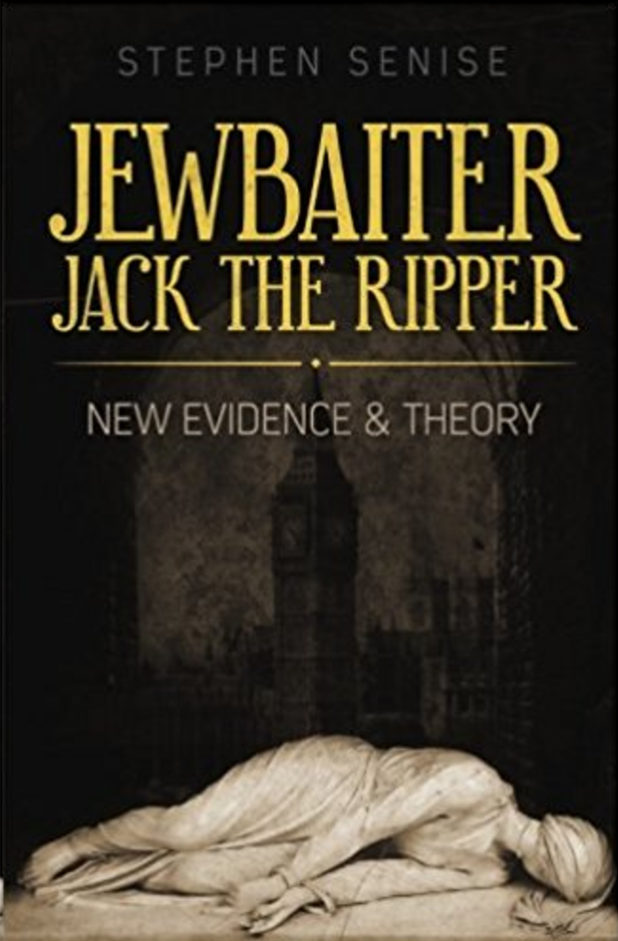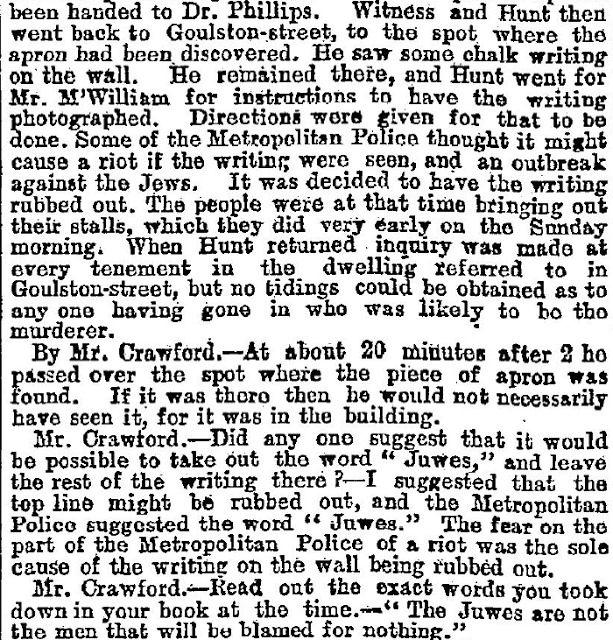Diversity Macht Frei
July 17, 2017
The basic Jewish approach to historiography is
(a) Suppress anything that reflects unfavourably on Jews, and
(b) After you’ve suppressed it for long enough so that most people don’t know the basic facts and aren’t even aware of the accusations made against Jews at the time, revive the subject yourself and blame it on antisemitism.
Here we have a perfect illustration of this modus operandi as applied to the story of Jack the Ripper.
There were many indications at the time that Jack the Ripper was a Jew. His crimes occurred in an area that was effectively a Jewish colony, “a fragment of Poland torn off from Central Europe and dropped haphazard into the heart of Britain.”
Nicknamed “Leather Apron,” this “sinister” knife-carrying figure was described in one newspaper as “a Jew or of Jewish parentage, his face being of a marked ‘Hebrew type.’”
But the Jews are now trying to pin the Jack the Ripper killings on a “far-right extremist” whose real goal was frame Jews and stir up antisemitism. Stephen Senise has written a book called “Jewbaiter Jack The Ripper: New Evidence & Theory” which advances this absurd hypothesis.
Certainly, the atmosphere for Jews in the autumn of 1888 was sulfurous. Newspapers’ letters pages regularly contained attacks on “pauper foreigners” who were “a pest and a menace to the native born East-Ender.” The trade unions called for tough limits on immigration as elements of the labor movement denounced “Rothschild leeches.” Rabble-rousing politicians railed against “overcrowded” England becoming “the human ashpit for the refuse population in the world,” while physical attacks on Jews were not unknown.
The concerns about immigration did not stem simply from ingrained anti-Semitism. Even when harshly expressed, legitimate concerns about “sweated labor” — in which Jews, working long hours for low pay in poor conditions, undercut the position of native Britons — pointed to the fact that both migrants and indigenous workers were subject to exploitation.
According to the Jews, Jack the Ripper was really a member of the proto-Alt Right, unhappy that mainstream conservatives chose to avert their eyes from the problems of immigration.
This was the combustible mix, Senise theorises, that Jack the Ripper was determined to set light to. Ironically, the fuse may have been lit by the fact that a parliamentary inquiry into sweated labor — one of two examining issues related to Jewish immigration — had announced that it would shift its focus away from the East End of London at the end of its autumn session. However inadvertent, Senise suggests, the committee’s widely reported announcement “had the effect of setting the clock ticking and turning the spotlight on.” It would prove the “deathknell” for a number of impoverished women whose murders the Ripper intended to use in his “bloody campaign to try and target the standing of the Jewish community and close the door to Jewish immigration.”
One of the most intriguing aspects of the case was the graffiti found on a wall close to one of the bodies. Here is how the Times of Israel, presumably reprising Senise’s book, describes it.
… after he had murdered Eddowes when police discovered a bloody item of her clothing underneath freshly scrawled graffiti. The words — “the Juwes are the men that Will not be Blamed for nothing” — had been written on a block of flats on Goulston Street, most of whose residents were Jews. On the orders of the Metropolitan Police Commissioner, the graffiti was wiped clean before daybreak; a sign of the authorities’ concern that the embers of the anti-Semitic fire which had led to the “riot against the Jews” should not be stoked further, as the Ripper clearly intended they should be.
Note the quote as they cite it: “the Juwes are the men that Will not be Blamed for nothing”. But this is a gross falsification of what was actually written. Here is an extract from the Times article “The East-End Murders” (Friday, October 12, 1888) which first reported this aspect of the crime just after it had occurred.
Here Crawford (the lawyer) is interviewing the detective who turned up at the scene. So the real quote is: “The Juwes are not the men that will be blamed for nothing.” Comparing it to the one quoted by the Times of Israel, it clearly inverts the meaning completely: “the Juwes are the men that Will not be Blamed for nothing”.
The quote cited by the author of the book could plausibly come from an antisemite, since he is apparently peeved at what Jews get away with or faults they are unable to acknowledge.
But the real quote doesn’t make any sense when considered from the perspective of an antisemite. Instead, it would much more plausibly come from an aggrieved Jew, a Jew apparently unhappy about something Jews are being blamed for; perhaps angry about the anti-immigration, anti-Semitic agitation going on at the time; a Jew who decides to wreak his vengeance on defenceless, Christian women.
I don’t know whether the author, Stephen Senise, is a Jew, but it seems very likely. In any case, he has grossly falsified the historical facts to exculpate Jews and preposterously cast aspersions on the “far-right”, i.e. people who intuitively and correctly divined that Jewish immigration was not likely to bode well for the future of Britain.
Note also that, even back in 1888, the first instinct of the police was to cover up any hints of Jewish involvement. The inscription at the time was crucial evidence that might have helped lead to the perpetrator. But they immediately erased it regardless for fear that it would stoke antisemitism.



